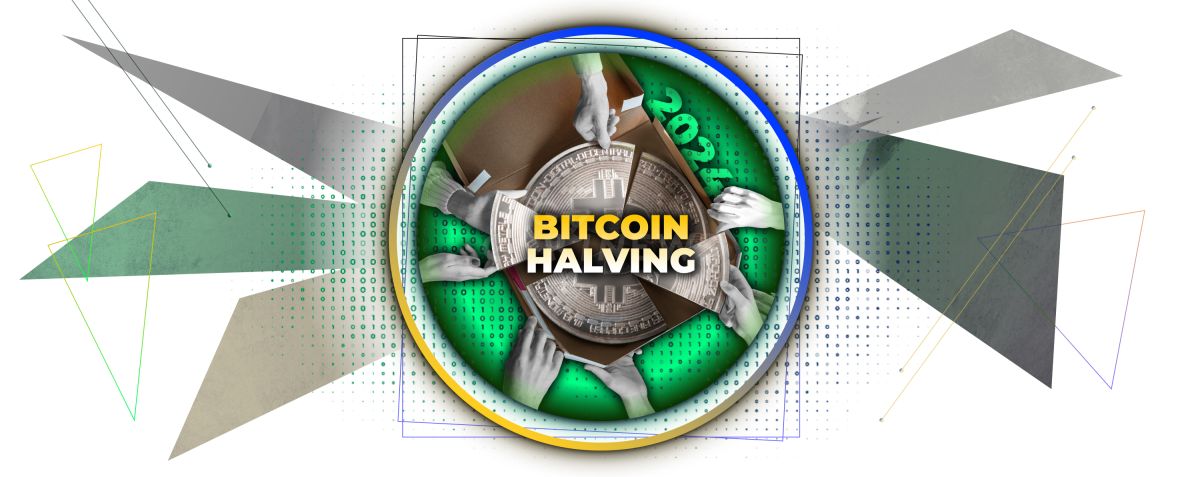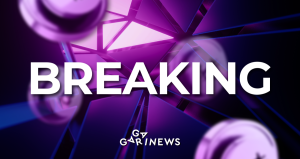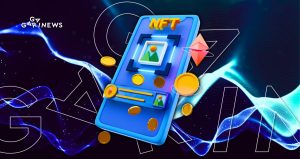Bitcoin Halving 2024: What is it and what to expect?

Halving is when the miners’ block reward is cut in half. It happens approximately once every four years.
In the first few years of Bitcoin's existence, the miners received 50 BTC per block. Today, miners receive 6.25 bitcoins per block. This is because every four years miners’ rewards drop to one-half of what it was before. This event is called halving.
In 2012, the block reward decreased from 50 to 25 BTC. In 2016, it dropped from 25 to 12,5. The latest halving in 2020 reduced miners' rewards from 12.5 to 6.25 BTC. Bitcoin halving in 2024 will cut this amount by half again, to 3.125 BTC per block.
This mechanism will work until the supply limit of 21 million bitcoins is reached. This is expected to happen by 2140, with more than 97% of all bitcoins mined before the end of 2030.
Halving reduces the number of new bitcoins generated per block, thus decreasing its supply in the market. In traditional markets, a product with low supply and high demand tends to increase in price, so halving is considered one of the main catalysts for a bull rally.
Historically, BTC price has set a new all-time high within a year after each halving. The first halving occurred at block number 210,000 on November 28, 2012. Back then, bitcoin was trading at around $4. By the end of 2013, the price of BTC reached $420.
The second halving happened another 210,000 blocks later, on 9 July 2016, and it reduced the miners’ reward from 25 BTC to 12.5 BTC per block. In 2017 Bitcoin price set a new all-time high of around $20,000.
Previous halvings on the Bitcoin chart. Source: tradingview
The Bitcoin halving is scheduled by blocks, not by days. On average, it takes 10 minutes to produce one block in the Bitcoin network. Halving happens every 210,000 blocks. Bitcoin halving in 2024 will occur at block number 840,000. This will happen around the spring of 2024.
The next halving will happen in around 490 days. Source: Coingecko
Halving 2022: what to expect?
While the potential price increase is obviously good news for investors, some do not celebrate halving.
For miners, halving means a revenue decrease. Given the high costs of ASICs exploitation, miners who cannot go into profit will be forced to shut down their farms. This can lead to a hashrate drop and slow down the network.
However, if the BTC price rises and mining becomes profitable, most miners will turn on their ASICs again and continue to support the network.
What happens when all bitcoins are mined?
A fairly common myth: after all 21 million BTC are mined, no one will mine, as it will not be profitable.
Since the reward per block is constantly decreasing, theoretically this situation could occur even before all bitcoins are mined. At some point, the cost of mining will simply exceed the reward per block (unless the price of bitcoin increases in proportion to the increase in difficulty).
At the same time, miners will still receive transaction fees. And the more people use the Bitcoin blockchain, the more they can earn from commissions.
The content on The Coinomist is for informational purposes only and should not be interpreted as financial advice. While we strive to provide accurate and up-to-date information, we do not guarantee the accuracy, completeness, or reliability of any content. Neither we accept liability for any errors or omissions in the information provided or for any financial losses incurred as a result of relying on this information. Actions based on this content are at your own risk. Always do your own research and consult a professional. See our Terms, Privacy Policy, and Disclaimers for more details.



























